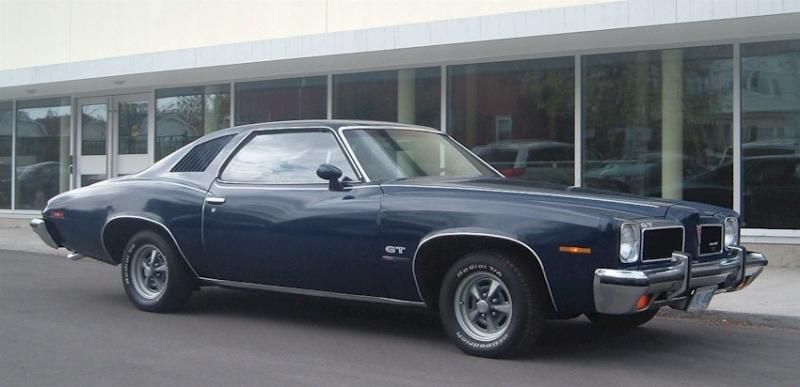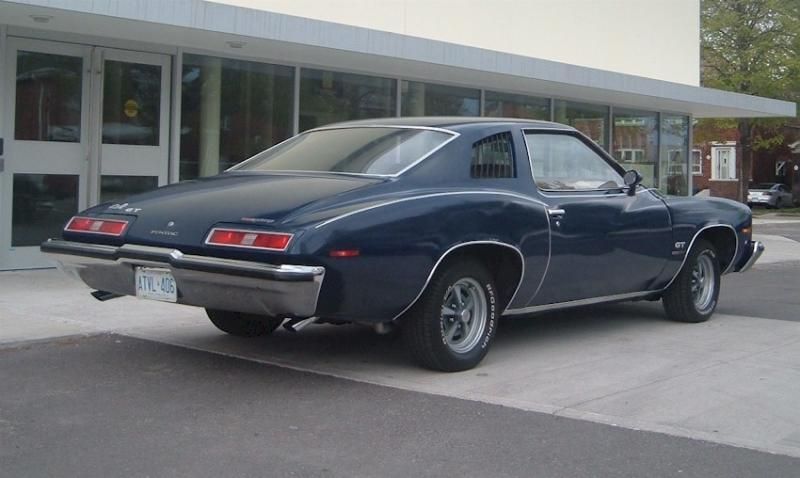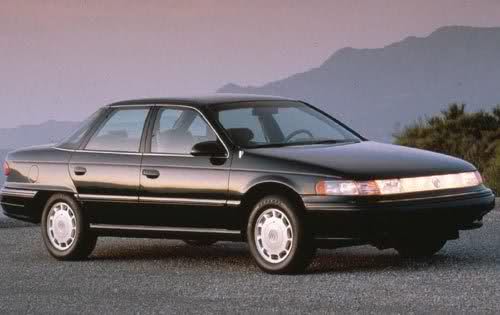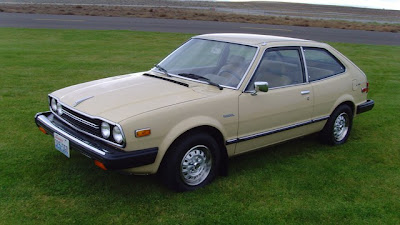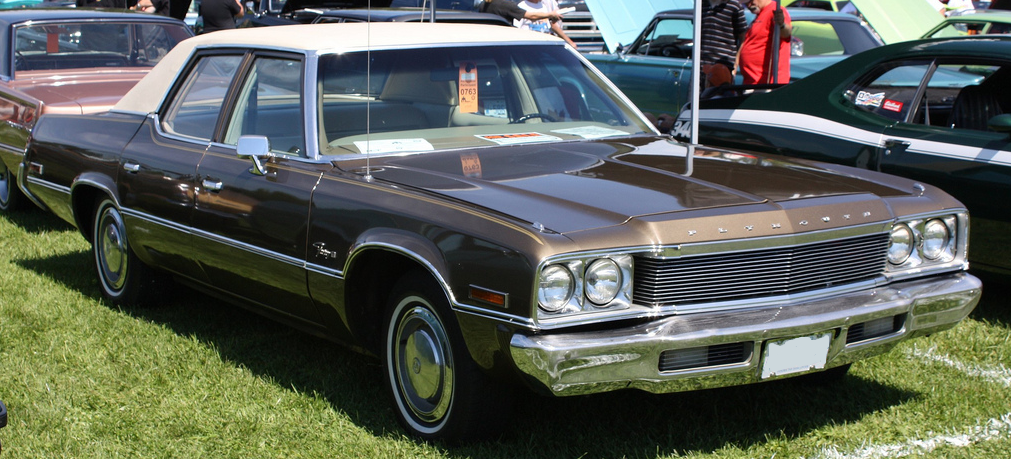I would love to get that model Mustang back. Fun car. I was lucky to survive it at 15. I loved that car. My father traded to a guy to paint our house when I was 18. But, I had gotten in trouble....more than once, so, he did what he did. So it goes, I deserved it. If he wanted to torture me he should have driven it himself.
Anyway, those British sports cars are a trip, but, they are fun little cars. My dad had a few MGs and they did seem to have "quirks".
I bought the Sprite after crashing my motorcycle and vowing never to ride one ever again. The Sprite with the top down was the closest I came to having that wind-in-your-hair feeling.
While those cars may not have been as reliable as the Toyota Solara I drive today, there were so many memories of youth and fun attached to them. I was so tired of the Sprite breaking down that early one morning on the way to work I left it broken down by the side of the road, hitchhiked to work, and never went back to get it.
A friend had a 68 Mustang that we used to take to the beach in Santa Cruz, CA. It was a dark green hardtop. Any of those "muscle cars" from the 70's would do in a pinch as well.
http://www.bankrate.com/finance/auto/best-american-muscle-cars-of-all-time-1.aspx
7 best American muscle cars of all time
1967 Pontiac GTO
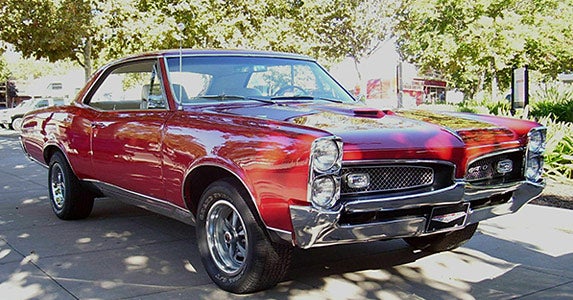 Photo by Jack Snell
Photo by Jack Snell
Purists not tracing the era of muscle cars to the 1949 Oldsmobile Rocket 88 typically mark its beginning with the 1964 GTO. Skirting a General Motors ban against putting big engines -- any engine larger than 330 cubic inches -- into small cars, Pontiac sneaked a 389-cubic-inch V-8 into its Tempest as an option called the GTO in 1964, according to MotorTrend.com. Response was so huge that the car won over GM execs, paving the way for a stable of Chevrolet, Oldsmobile, Buick and Pontiac muscle cars.
Because of its historic value, the 1965 version could represent GTO on this list, but 1967 marked the first full model year of availability of ram air through a functional hood scoop on the GTO. It was a 400-cubic-inch V-8, delivering 360 horsepower.
1968 Plymouth Road Runner Hemi
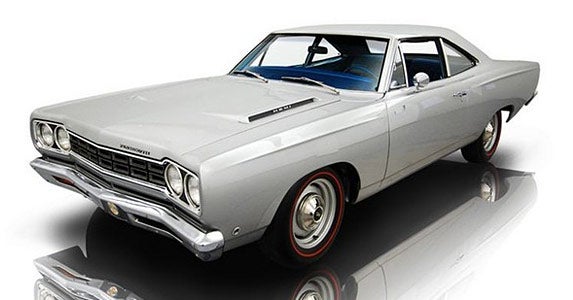 Photo courtesy of RK Motors Charlotte
Photo courtesy of RK Motors Charlotte
Forget the niceties. Plymouth wanted a bare-knuckle, muscle-car fighter.
With all the subtlety of a jar of nitroglycerin, the Plymouth Road Runner Hemi was pure explosive brawn. It's one of the all-time great performance-car names. With a 425-horsepower, 426-cubic-inch Hemi V-8 engine, the Road Runner struck fear into the hearts of the Saturday night country-road, drag-racing crowd.
Before unleashing the first Road Runner in 1968, Plymouth licensed the Road Runner name and likeness from Warner Brothers. It went a step further in capitalizing on the cartoon character's speedy image by developing a horn sound imitating the cartoon bird's "beep-beep," according to HowStuffWorks.com.
1969 Ford Mustang Boss 429
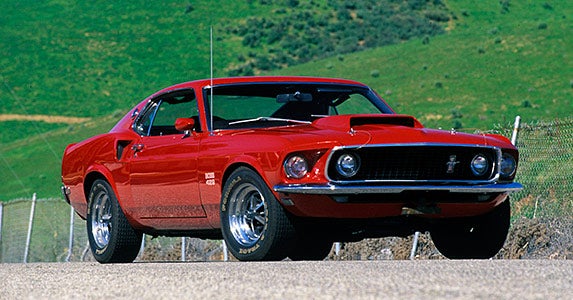
The Mustang Boss 429 is what you get when a carmaker needs to meet NASCAR regulations. Fewer than 1,400 were built between 1969 and 1970, making the Boss 429 a rare bird indeed.
Enjoying a big-dog reputation, the Boss 429 wasn't a giant killer right out of the box. Its 429-cubic-inch V-8 engine delivered 375-horsepower, not shabby but dwarfed by others on this list.
What makes it truly notable is that it was basically hand-built. Because the engine wouldn't fit in a standard Mustang without extensive modifications, Ford farmed out its assembly to Michigan-based Kar Kraft. In appearance, very little distinguished the Boss 429 other than a hood scoop and trunk-mounted spoiler.
1969 Chevrolet Camaro ZL1
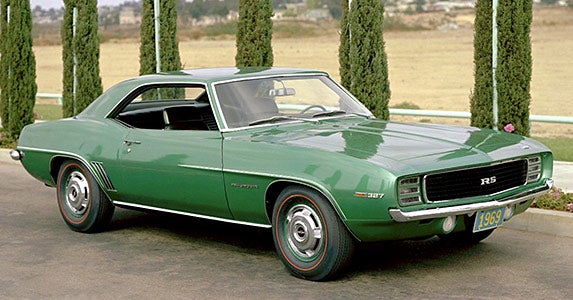 © General Motors
© General Motors
Today's Chevrolet Camaro ZL1 is named for the legendary 1969 Camaro ZL1, and for good reason. With fewer than 70 ever built, the '69 ZL1 not only had the most powerful Chevrolet engine offered to the public for decades, it's the rarest production car Chevrolet ever made, bumping the price to $7,200, according to HowStuffWorks.com.
Based on Chevrolet's iconic 427 V-8 engine, the ZL power plant had an aluminum block in place of the regular 427's iron one -- the first such Chevy production engine. Although it was officially rated at the regular 427's 430 horsepower, most independent testers pegged the output as being much higher.
1970 Buick GSX Stage 1
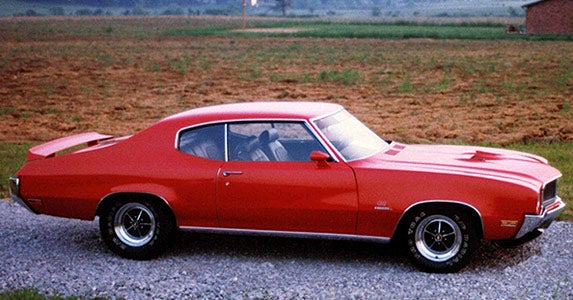
When Buick entered the muscle-car market, it was among the most luxurious of the brands, and some of the most powerful.
The GSX appearance package, first available for the 1970 Gran Sport 455, abandoned Buick's traditional, more dignified branding with a rear spoiler and body striping. Of the 687 GSXs built, 488 were ordered with the Stage 1 upgrade, according to HowStuffWorks.com.
First appearing as an option on the 1965 Skylark (as well as the Riviera and Wildcat lines), Gran Sport became a separate nameplate in 1967. By 1970, a 455-cubic-inch V-8 engine powered the Gran Sport. It produced a hefty 510 pounds-foot of torque. Those with Stage 1 tuning and engine tweaks delivered 360 horsepower to the rear wheels. There were quicker competitors, but the GSX truly was unique.
1970 Plymouth Hemi 'Cuda
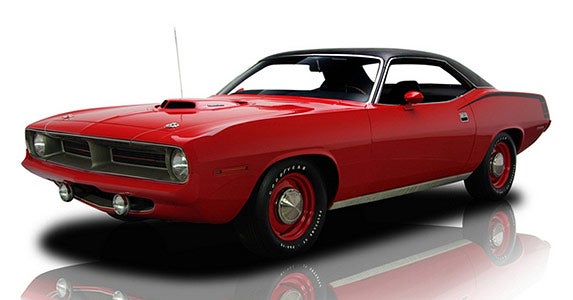 Photo courtesy of RK Motors Charlotte
Photo courtesy of RK Motors Charlotte
A variety of six- and eight-cylinder engines powered the 1970 Plymouth Barracuda, but the big dog of the bunch was armed with the dual-carburetor, 426-cubic-inch Hemi that whipped up 425 horsepower. The Hemi 'Cuda could certainly go toe to toe with the era's top-tier muscle cars, as the carmaker gave its muscle cars a suspension tailored to heavy-metal acceleration, according to HowStuffWorks.com.
The Barracuda originally was based on the Valiant. But with a 1970 redesign, the Barracuda finally shifted away from the Valiant’s design. Plymouth produced a limited number of the Hemi 'Cudas, which are highly prized today.
Opting for the Hemi V-8 engine boosted the purchase price. A shaker hood, featuring an air intake mounted on top of the engine's air cleaner that protrudes through a hole in the hood, was standard on the Hemi 'Cuda.
1970 Chevrolet Chevelle SS 454
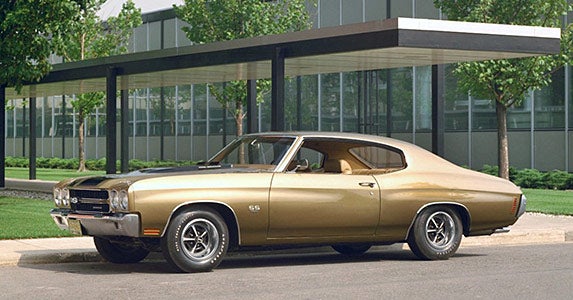 © General Motors
© General Motors
Many consider 1970 to be the apex of the muscle-car era, and the Chevelle SS 454 is a weighty piece of evidence for that argument. Chevrolet offered two versions of the 454-cubic-inch V-8. The LS5 generated a very impressive 360 horsepower, while the LS6 punched out a whopping 450 ponies. It's the LS6 version, with its Holley four-barrel carburetor, that put the SS 454 on this list. No other muscle car would equal the horsepower wallop of the 1970 SS 454, according to HowThingsWork.com. It was the last great gasp of the muscle-car era.
Not only could the SS 454 blow the doors off most of its competitors, it looked good doing it. Chevelle's swept-back roof line provided the illusion of speed, even when idle. A bulged hood was part of the design, alerting passers-by that something really special was happening under it.
